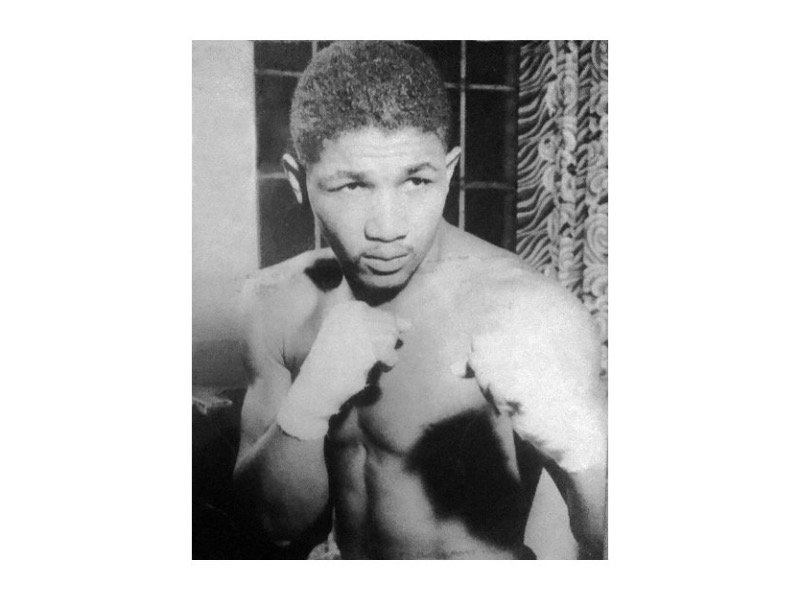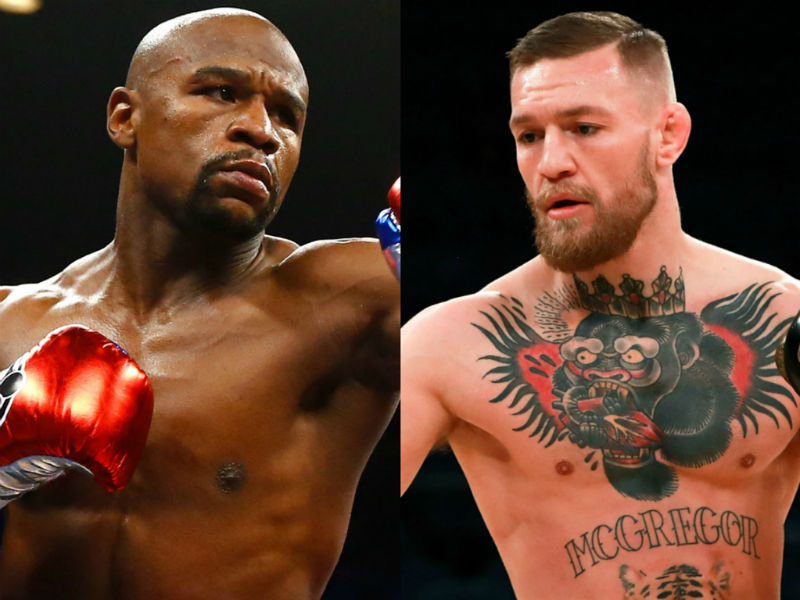"These little Filipinos are fearless warriors. They fight to the very end of the string. ... Only a few generations away from savage ancestors, they fight with the fanatical courage of their forbears and keep going at a pace that no white man can travel."
Who would say such a politically incorrect, antediluvian thing about Manny Pacquiao, the great boxing champion from the Philippines who has almost single-handedly kept the sport from totally falling off the radar screen, and whose Saturday night defense of his 147-pound title at Cowboys Stadium in Dallas could set a record for attendance at a boxing match in a covered arena?
Nobody.
Manning Vaughan of The Milwaukee Journal wrote it in 1926 about the Pacquiao of that era, whose last bout filled up the Milwaukee Auditorium. Hailed as "one of the fastest and most thrilling fights" in local ring history, a few hours after it was over little Clever Sencio went to sleep in his hotel room Downtown and never woke up.
The fighter, born Innocencio Moldez, had come to the States eight months earlier to emulate countryman Pancho Villa, who'd won the world flyweight title in 1923. Three years later, Villa died from blood poisoning after he'd gone into the ring right after a tooth extraction. In his penultimate fight, Villa successfully defended his 112-pound title in Manila against Sencio, winning a 15-round decision.
Upon Villa's death, American manager Frank Churchill sent for Sencio. "He had the cleanest habits and most lovable nature of any fighter I ever knew," Churchill would later say of Sencio.
Churchill's partner, Bill Miller, called Sencio "the most lovable lad I ever knew, white or brown-skinned ... a smiling, cheerful, happy-go-lucky little fellow with the finest set of teeth I've ever seen on a human being."
Churchill said Sencio was 22, but later it came out that he was only 18. The lie was so he could be licensed to fight in states like Wisconsin, where 21 was then the minimum age for pro boxers.
One of the only five defeats Pancho Villa suffered in 93 fights was in 1923 to Indiana's Bud Taylor, "The Blond Terror of Terre Haute," at the Milwaukee Auditorium. In his 13th fight in America, Sencio met Taylor at the same venue. The date was April 19, 1926.
"Another mighty atom, tiniest ring gladiator in ring captivity, fired with the ambition to regain a title held by his countryman, the late Pancho Villa, goes on display at the Auditorium Monday night," wrote The Journal's Sam Levy about the 5-foot Sencio.
Six inches taller and more experienced, Taylor was the favorite, but Levy assured readers that "regardless of the result, cash customers will be thrilled by the latest Filipino tourist to seek American-made greenbacks."
They were. "For nine rounds, furious and torrid from each gong to the other, Sencio held Taylor on even terms," reported Levy the day after the fight. "His incessant punches left red blotches up and down the American's torso."
Warned as he waited to go out for the last round that he could lose, Taylor went all-out, catching Sencio with telling punches that had him reeling. "In Bud's last-round rally, there was a spring, an alertness, a snap and a marked ambition to destroy the little man from Manila," wrote Levy.
Sencio made it to the bell, but was in such bad shape from the battering he'd received that his trainer, Walter Eckwart, had to carry him back to his Auditorium dressing room. There he seemed to make a complete and impressive recovery.
Doctor Ernest Miller of the state boxing commission examined Sencio and marveled, "Anybody who can take a beating such as you did and have such perfect respiration and heart action must be in wonderful physical condition."
Eckwart took Sencio to his room at the Plankinton Hotel, rubbed him down and put him to bed. When Sencio complained of a bad headache, the trainer swaddled his head in cold towels. Sencio fell asleep and Eckwart left.
At 9 o'clock the next morning, a hotel employee who'd let himself into Sencio's room to wash the windows notified the desk that the fighter was still in bed and there was blood flowing from his mouth.
An ambulance took Sencio to Emergency Hospital on 24th and Wisconsin, but he had died several hours earlier from a cerebral hemorrhage, alone and 8,000 miles from home.
On the morning of April 21, there was a funeral service for Sencio at St. John's Cathedral. "He died a stranger in a strange land," said Father William E. Wright, "and in our hearts we think of those in a faraway land who will mourn for him. Only Monday night we saw him fight and put all that he had into that fight that he might win. Neither he nor you could realize that today his body would be resting in this casket, which cannot but impress upon us the shortness of this life."
The remains were shipped by train to Seattle, and then put aboard the steamer Empress of Russia for the month-long trip home.
"Poor little Sencio's body is on its way home," wrote Manning Vaughan. "They'll forget about him in a week. That's the way of the world."
Bud Taylor did not forget. Sencio was the second man he had killed in the ring in as many years. Taylor went on to become world bantamweight champion, and according to a biography written last year by John D. Wright, he became "famous for taking a beating to give a worse one."
Sometimes Taylor would even smile after taking brutal punches in the ring, and Wright suggests that he welcomed the punishment out of "a subconscious need to answer for" the damage caused by his own fists.
May the current Filipino megastar -- by all accounts a clean, lovable fellow with fine teeth -- enjoy a fate better than that of his fighting ancestor and the man who killed him.







